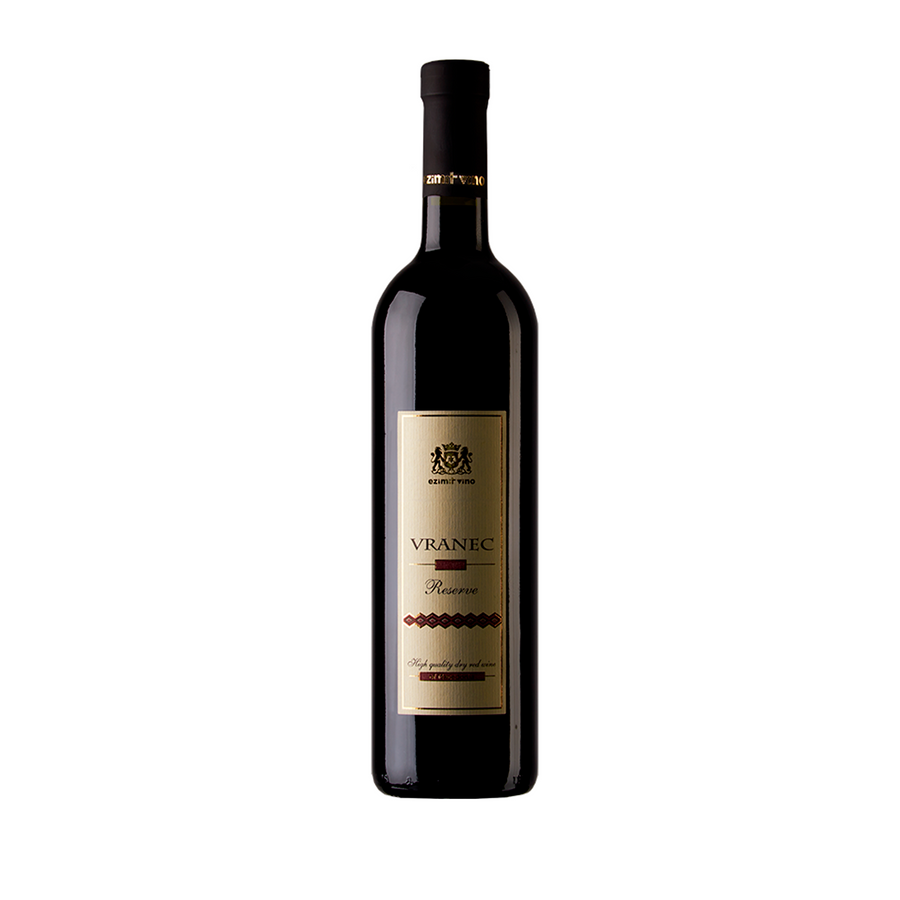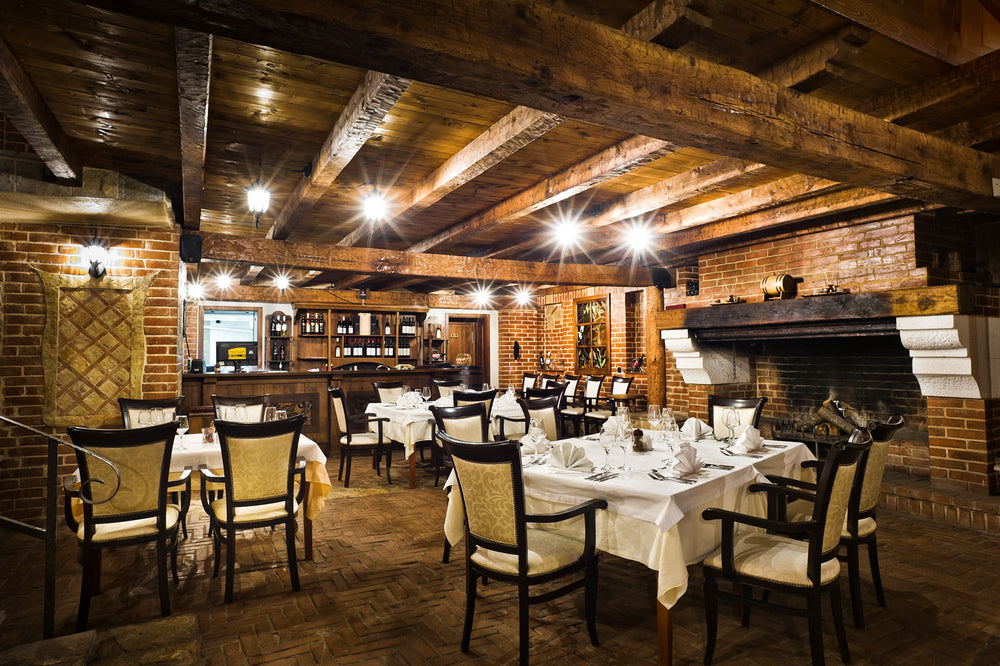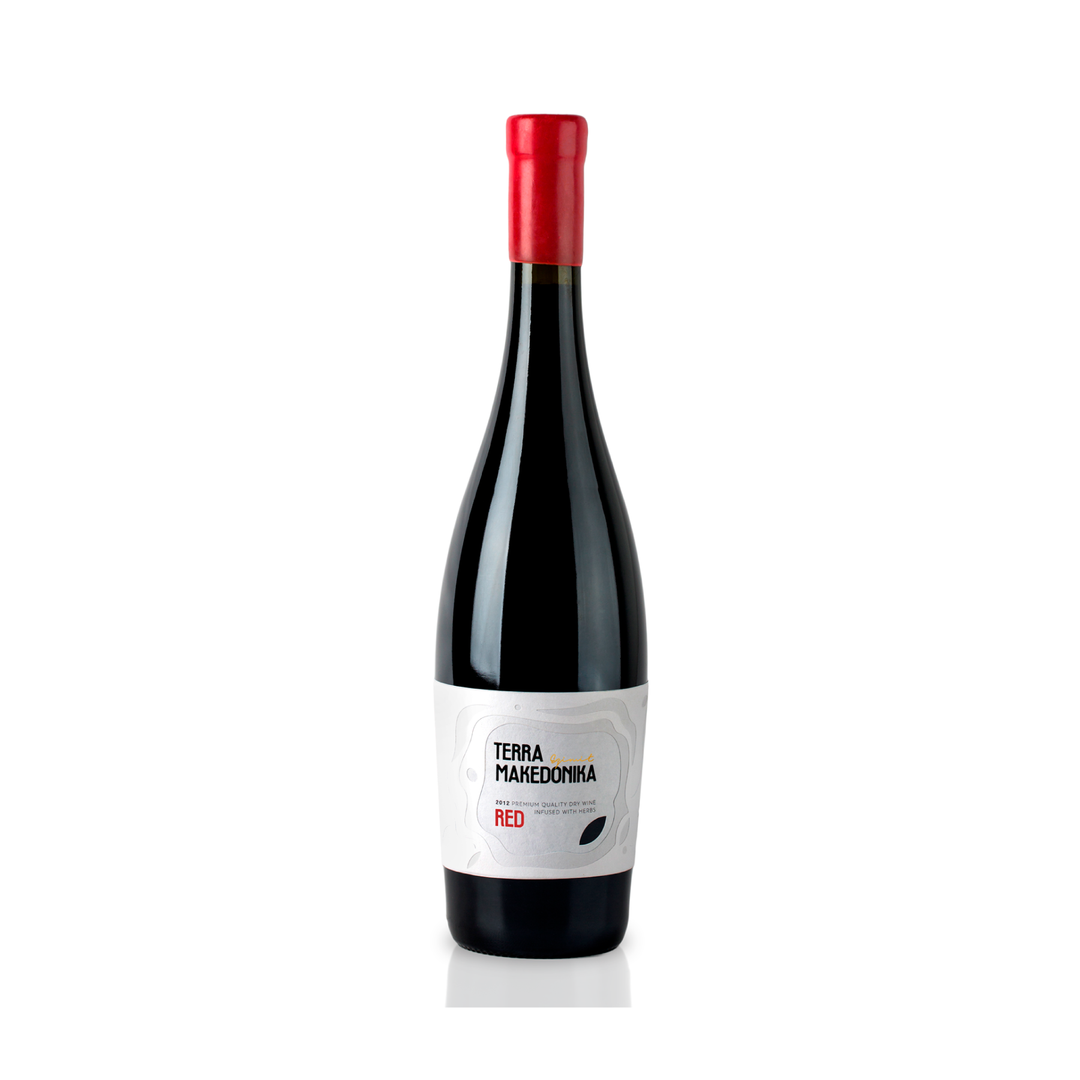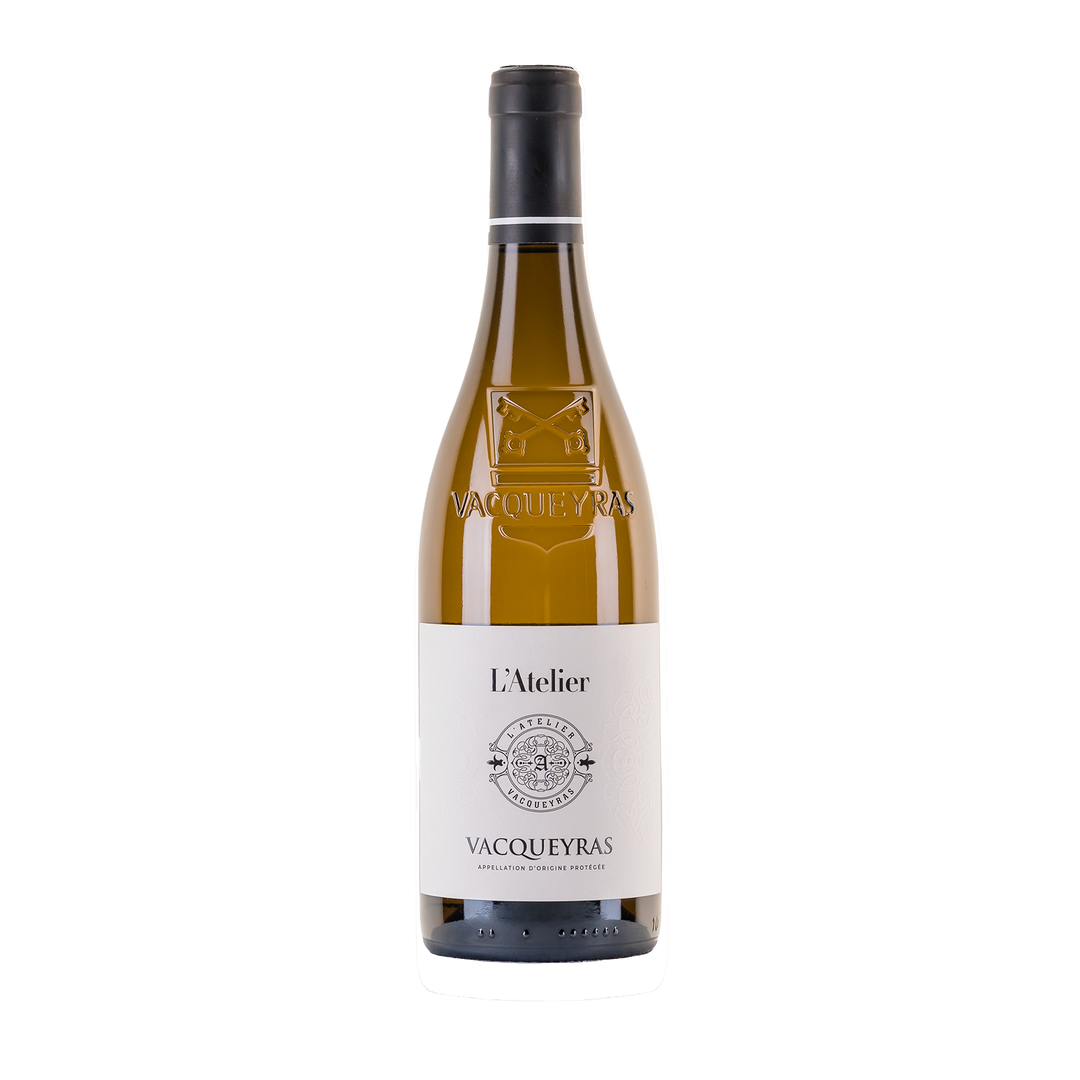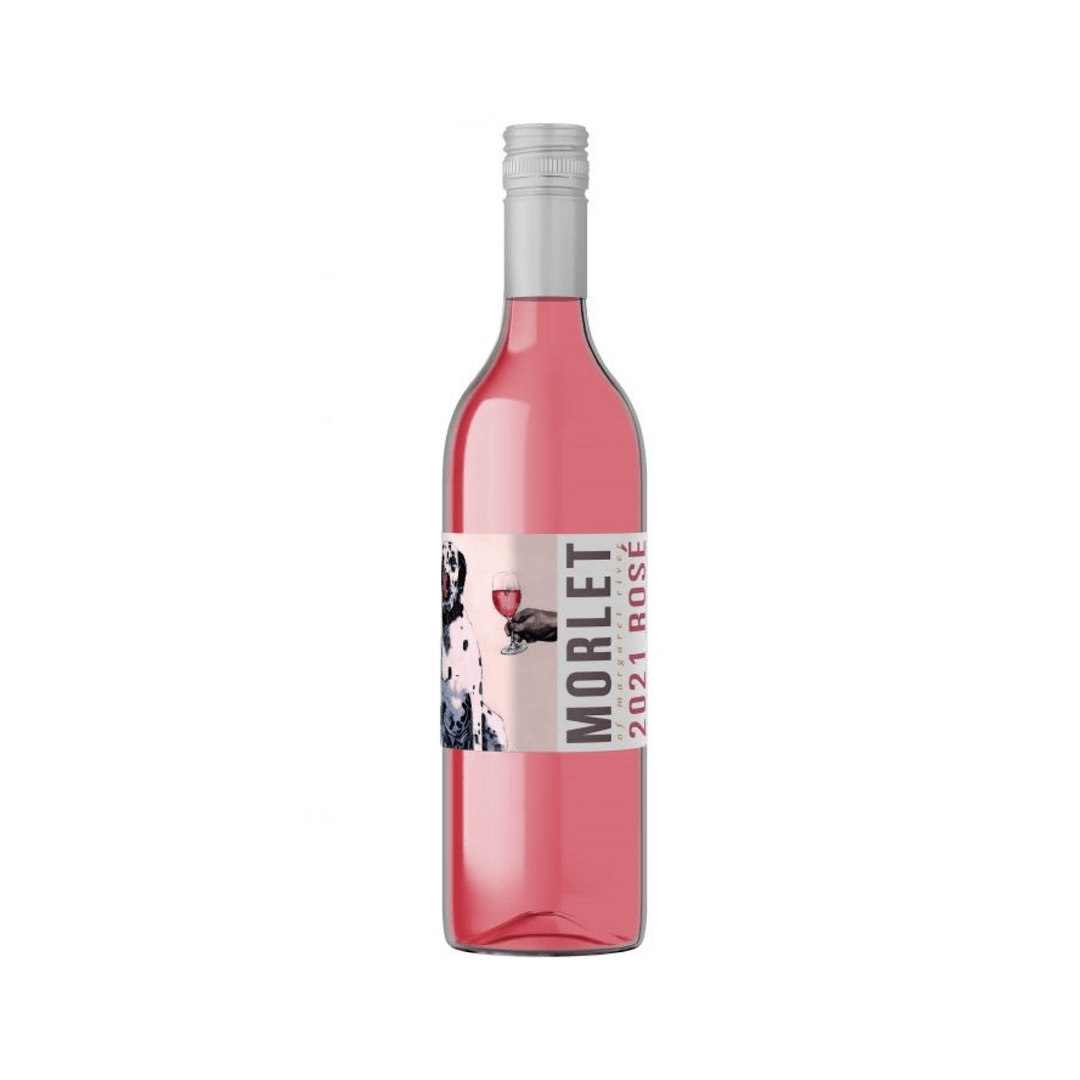Geographical factors influencing wine growth in North Macedonia
Now that we have your curiosity, let us tell you a little bit more about where the grape for our wines comes from.
Macedonia is probably not on everyone’s “winedar” when it comes to choosing from a bottle of wine for your evening meal or a gift or even an addition to your cellar. The reason for that can be attributed to the fact that its famous neighbors not only produce a fair bit more but also have had the world’s taste buds in earnest captivity for millennia. There is more than a fair bit of literature on the subject of Old World wines, so I will not get into that in this article.
The objective of this article is to give you a bit of an understanding of the land that grows the grape responsible for the wine.
When we refer to Macedonia here we are specifically referring to the country of North Macedonia which used to part of the former eastern bloc country of Yugoslavia.
North Macedonia is located to the North of Greece between latitudes of 40 to 43 degrees north and lies firmly between the 30th and the 50th parallel of latitude in the Northern hemisphere putting the country in the same geographical tenement as the popular wine-growing regions.
The intense aroma of the Macedonian wines is the result of the combined influence of the Mediterranean and continental climates, with warm summer days and cooler nights
The country has four seasons with short springs and subtropical summers. Winters can be moderate but can get quite cold. The temperature ranges from −20 °C (−4 °F) in winter, to 40 °C (104 °F) in summer (Wikipedia, 2020). The country receives adequate rainfall and has more than its share of cold sunny days allowing for a long ripening seasons. Exceptional 260 days of sunshine is a contributor to long hang time for the grape. This concentrates the sugar and acids in the grapes, ensuring rich colors and complex aromas in the wines
There are three broad wine-growing regions in North Macedonia which can be further sub-divided into districts.
Macedonia Wine region

Three wine zones

Climate distribution
1. Povardarie Wine Region – Vardar Valley Central wine region
This is the most important wine region in the country and has 7 wine districts (Simjanovska & Caputo, 2015)
Skopje Wine District
Veles Wine District
Tikves Wine District
Gevgelija-Valandovo Wine District
Strumica-Radovis Wine District
Ovche Pole Wine District
Kochani- Vinica Wine District
This region is the most important region both in terms of quantity and wine quality. This region produces over 80% of wines and grapes
The climate of this region can be classified as temperate Mediterranean. This region sees warmer winters through the Vardarec wind. This wind comes up from the mouth of the Vardar river and brings warm air to the area.
Let us take a look at the most important regions as far as viniculture is concerned in more detail.
Skopje Wine District
The region belongs to the climate zone. It is a typical zone where the influences of the Sub-mediterranean and Eastern continental climate combine.
The climate of this region can be classified as Continental-sub Mediterranean with hot summers and cold winters. The hilly and wavy terrain with mild slopes are dominated by moist clay, red cambrian and stony subsoil.
The wines that thrive in these regions are the Vranec, Cabernet Sauvignon, Merlot, Syrah, Prokupec, Chardonnay, Smederevka, Sauvignon, and Muscat ottonel varietals. There are certain sub-regions that have mico-climatic influences like Kamnik, Markov Manastir, and Cetiri patista.
The amount of rainfall is relatively small and the region is prone to droughts.
The wine made from the Vranec varietal from in this region, in particular, takes on a fresher and lighter character here than further south in the Tikves region.
Veles Wine District
This area is situated south of the capital Skopje. The terrain is hilly and wavy with mild slopes
Here a continental climate meets what is known as a sub-Mediterranean climate, so although winters are not excessively harsh, hot temperatures with over 40 °C in July and August are not uncommon putting it in the arid climate zone. The drought period, which is quite intense, lasts in the summer months. One of the biggest viticultural challenges in the Veles district is the lack of wind or obvious ventilation. The soils vary across the terrain from Diluvial soils (flat land), chernozem, vertisol (wavy land) to brown soil (hilly land).
Cabernet Sauvignon in particular has demonstrated an ability to ripen evenly here and Merlot also accumulates enough even ripening to produce full-bodied, well-rounded wines full of dark, velvety fruit such damson, plum and prune. Notes of chocolate and balsam are typical for Merlot produced in the center of Macedonia.
Both Red and White varietals are planted here namely Vranec, Kratoshija, Cabernet Sauvignon, Merlot, Chardonnay, Smederevka, Sauvignon, Riesling and Temjanika
Tikves Wine District
Tikves is the most famous wine district in Macedonia and is widely considered to produce the best wines. This region produces one-third of all the grape grown in Macedonia. This was the most important wine region in Yugoslavia with a winemaking history that dates back to the time of the Roman empire.
Located in the south of the country, the district boasts hot, sunny days and little rainfall.
As the Mediterranean climate from the south collides with the Continental climate from the north, it creates an area most remarkable for grape growing and wine production on the entire Balkan Peninsula. The north winds provide natural ventilation in the vineyards, protection against fungal diseases as a result there is a reduced need for use of pesticide resulting in grapes that are not contaminated with heavy metals and pesticides, thus making the grapes from this region the most organic materials than any other region in the world.
The soils in this district are the diluvial type of soil, mostly clay, volcanic and sandy plots, rich with cinnamon and resin, it varies from clay ones, to rendzina. The warmth is retained and released during the cooler evenings. Rendzina is an interesting soil that creates complex, ‘mineral’ driven wines. This district is rich both in local grape varieties as well as international varieties. Geologists have identified 30 different soil types in Macedonia but in the surrounding areas of Tikveš the soil is dominated by sandy loam, or cambisols. Cambisols are usually found in landscapes that suffer from high degrees of erosion and tend to be rich and fertile.
Shown below is the example of soil layering from a famous Tikes vineyards. Clay dominates but there are examples of gravel sandy soil to help with drainage.
Lepovo Vineyard Soil for Red Wine White Wine Terroir

LEPOVO Vineyards are located into a hilly slopes, famous by its constant wind blowing and gravel/sandy soils
Belavoda Vineyard Soil Terroir used for Red Wine White Wine growing in Macedonia

BELA VODA single vineyard is a Terra Rosa vineyard with 200 m. a.s.l. located into sunny plots with more than 260 sunny days.

BAROVO Vineyard Soil Terroir used for Red Wine White Wine growing in Macedonia
BAROVO Vineyards are located 700 m a.s.l. with southeast exposure and well-drained volcanic soils. Deep root system provides nutrients and mineralogy with improved acidity in the grapes due to the diurnal range of 20C degrees.
Ovche Pole District
The Ovche Pole valley is wavelike hilled towards Vardar and Skopje’s valley. This region is considered to be the most arid regions in Europe, the climate can be classified as continental-sub-Mediterranean with hot summers and cold winter. The soil can be described as salty mixed with sand. Strong winds from the north-west, north, south-east are specific for this region, the winds blow for the whole year (Izgrev, 2008).
Red varieties do best here, especially those that require lengthier hang time on the vine, you will find Vranec, Cabernet Sauvignon, Merlot, Kadarka Chardonnay, Grenache blanc, Smederevka, Sauvignon, Muscat ottonel and Zilavka
There are certain sub-regions of Balabanica, Vrpka, Rajkova Cuka that have mico-climatic influences.
2. Pchinya – Osogovo Eastern wine region
Eastern wine region encompasses three wine districts.
Kumanovo Wine District
Kratovo Wine District
Pijanec Wine District
This region hosts continental climate to temperate climate with cold and humid winters and long and dry summers which is a change from the Mediterranean climate of the Vardar valley. The area is known for its extinct volcanoes. The vines are mainly grown on diluvial, cinnamon and brown soil on limestone rock
Traditional red grape varieties dominate, including Cabernet Sauvignon, Gamay Noir, Gamay Teinturier, Pinot noir and Vranec. The white wine grapes grown here are Muscat Ottonel, Sauvignon Blanc, Riesling and Zilavka.
3. Pelagonia – Polog Wine Region – Western wine region
This region is fairly undeveloped as a wine region and it encompasses the following six wine districts:
Tetovo Wine District
Kicevo Wine District
Prilep Wine District
Bitola Wine District
Ohrid Wine District
Prespa Wine District
This region is a high altitude region and as a result experiences a cooler climate with cold and rainy winters and dry and warm summers. There is significant precipitation at this altitude negating the need for irrigation. Brown soil is the predominant type, as well as vertisol, chernozem, and cinnamon in some cases.
The region is also fairly mountainous with large variations in temperature year-round.
White varietals like Riesling, Chardonnay, Sauvignon Blanc, Zhilavka and Smederevk dominate in this lower temperature regions.
Red wine grapes grown in this region include Cabernet Sauvignon, Gamay, Merlot, Pinot noir, Prokupec and Vranec.
I hope that you as a wine enthusiast have enough information about Macedonian wine to consider shopping for your next bottle of Vranec from Tikves winery to align your knowledge base with the unique wine characteristic brought about by the unique terroir.
At vino.sg, we are happy to help you with any questions you might have. You can buy Macedonian wines in Singapore from us. We currently get wines from two wineries, Ezimit from the Ovche Pole wine district and Tikves winery from the Tikves wine region. Over time we hope to add more regions to our product mix.
References
Izgrev, E. a. (2008, August 28). Environmental association Izgrev. Retrieved from http://www.edi.org.mk/: http://www.edi.org.mk/local-comunity.htm
Simjanovska, I., & Caputo, P. (2015). GUIDE TO THE WINES OF THE REPUBLIC OF MACEDONIA. Skopje: Ivana Simjanovska.
Wikipedia. (2020, May 14). Geography of North Macedonia. Retrieved from Wikipedia: https://en.wikipedia.org/wiki/Geography_of_North_Macedonia#Climate


